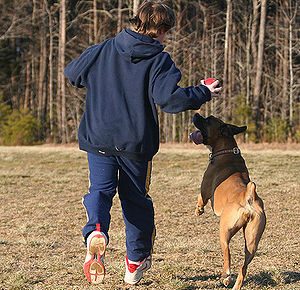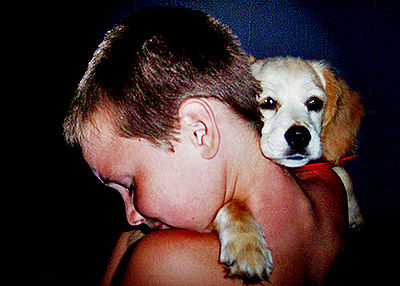Tear Down the Cages
Author: Scotlund Haisley, President and founder of Animal Rescue Corps
More than two decades ago I realized the common thread in the network of animal cruelty – the cage. The cage represents the imprisonment and mistreatment of the animals of this world. I have focused my career on tearing down these cages in their many forms and uses.
The cage is a fundamentally flawed contraption that causes rapid emotional, social and physical decline of its inhabitants. In my experience any animal confined to a cage goes through three phases of decline; typically starting with high anxiety, leading to depression, and resulting in psychological turmoil. Putting an animal in a cage is a violation of that creature’s innate right to live naturally and without suffering. This type of confinement also forces animals to eat, sleep and defecate in a space often only a few times the size of their body. This causes human and animal health problems and can ultimately lead to death in some species.
I conceptualized and built a revolutionary cageless animal shelter that set global humane standards. I lobbied for the adoption of guardian language to change people’s ideas concerning our relationships with animals. I lead the rescue of tens of thousands of animals from puppy mills, dog and cock fighting, hoarding cases, equine farming and countless other cruel instances of confinement and mistreatment. I have liberated hundreds of thousands of animals from the confines of cages and the grip of manmade cruelty.
Throughout the centuries, humans have used cages to take non-human animals out of their natural habitats and confine them for enjoyment or financial gain. This phenomenon flows through many forms of animal cruelty. Unnatural confinement is central to puppy mills, vivisection, the dog-meat trade in South Korea, zoos, circuses, aquaria, the exotic bird trade, fur farms, and most of the other exploitative industries Animal Rescue Corps fights against.
Puppy mills are one of the most obvious incarnations of this imprisonment. Breeding dogs are often confined to small wire cages for their entire lives, forced to live in horrific conditions while producing litter after litter. These dogs are treated more like a cash crop than living beings capable of pain, loneliness and fear. They live in feces-caked enclosures without proper veterinary care and often only feel the touch of a human hand when they are being forced to breed or their puppies are being taken from them. In this miserable existence they become one with their cages – many have never felt solid ground beneath their feet – only the hard grate of their metal enclosures. One of the most disturbing examples of this abuse I have seen was a Pekingese I rescued from a puppy mill in Arkansas. His severely matted hair had grown around the bars of his tiny cage. I actually had to cut him out of that dank prison to free him.
Another nightmarish example of the cage’s cruel impact is vivisection. Animals are held in laboratories across the country and forced to undergo unimaginable suffering in the name of science. These innocent primates, dogs, cats, rabbits, rats, and other animals cower in the corners of their cages as rough gloved hands reach in to inflict torture. Animals in laboratories are commonly dissected, infected, gassed, burned and blinded. I don’t think that we can fully comprehend the terror of such an existence. For these animals every human interaction is filled with confusion and suffering.
The confinement of birds is perhaps the most fundamentally disturbing use of the cage. Birds are gifted with the incredible ability to soar through the air, envied by all other creatures. Humans, on a whim, fueled by their desire for an exotic, luxurious pet, take these winged creatures from their rainforest and jungle habitats and force them to live in unnatural confines without proper enrichment. An exotic bird who would naturally fly uninhibited through the treetops is forced to live in a cage often only several times his size. This bird, born to be part of an intricate, social flock, is often forced to live in solitary misery. Some species of parrots can live close to 90 years, but inadequate care and constant confinement dramatically decrease the life expectancy of birds kept as pets. Until humans cease the imprisonment of these regal creatures they will continue to suffer and die behind the bars of their gilt cages.
These are only three of many examples of the cruelty of confinement. But the cage itself is not the driving force of the cruelty – it is the humans who stand to profit from the suffering. To make a significant positive impact for these victimized animals we must change the mindset of those who profit from their misery. I remain confident that we are in a position to drastically reduce animal suffering. The need to end animal suffering is great everywhere, but the power of compassion is equal to that need.



